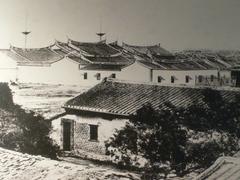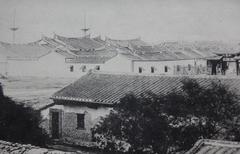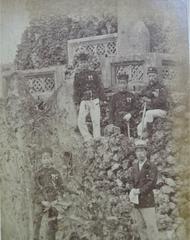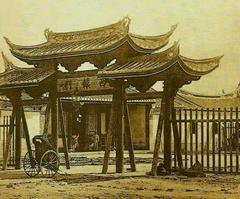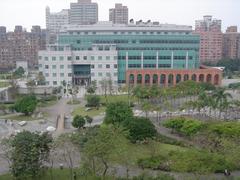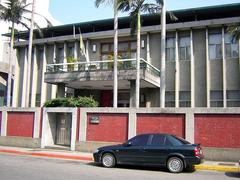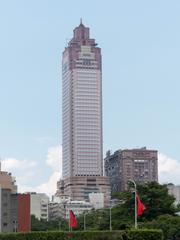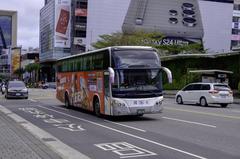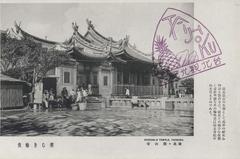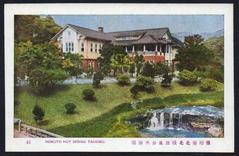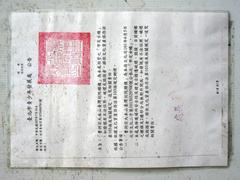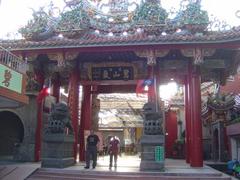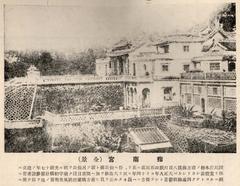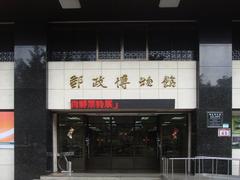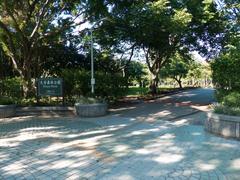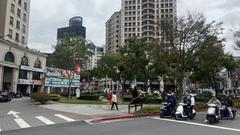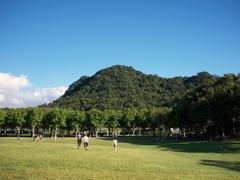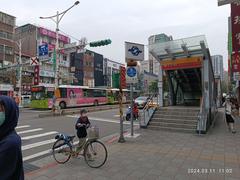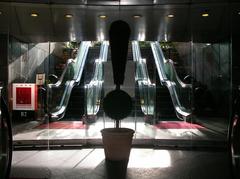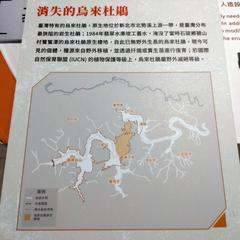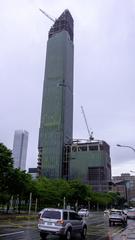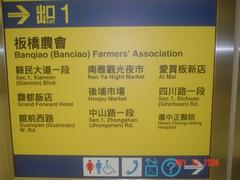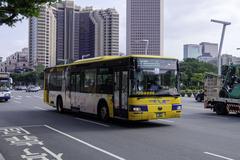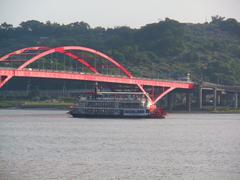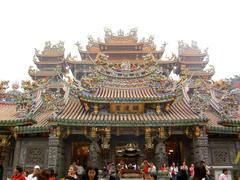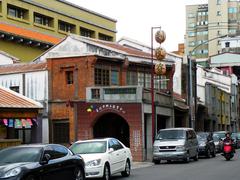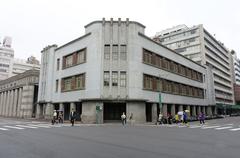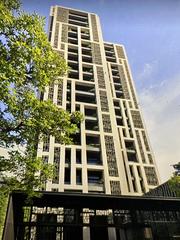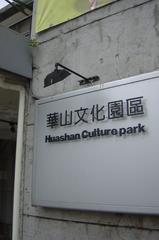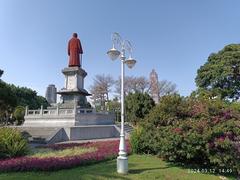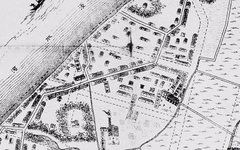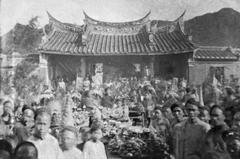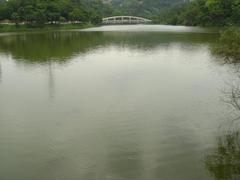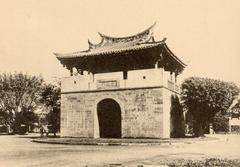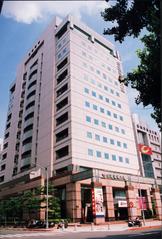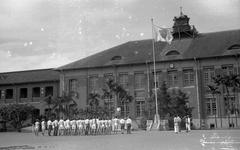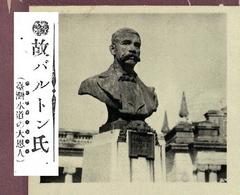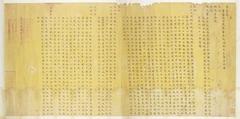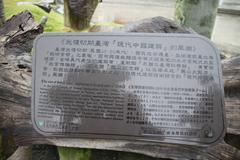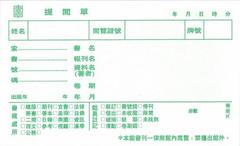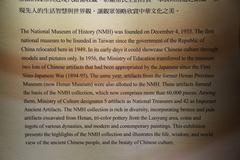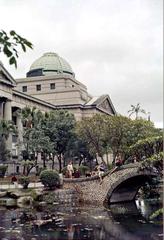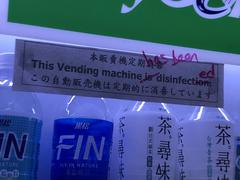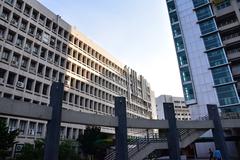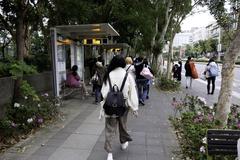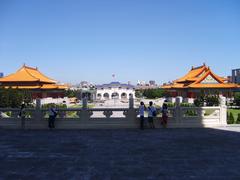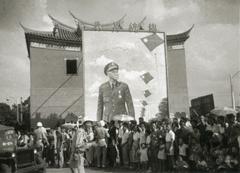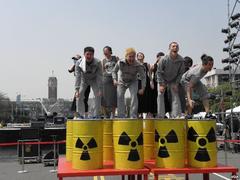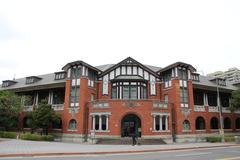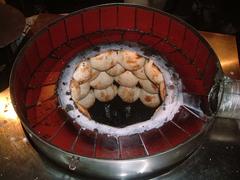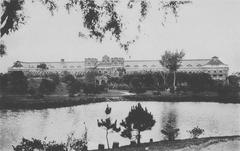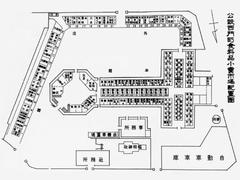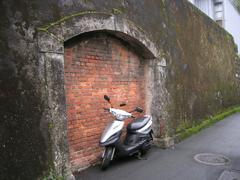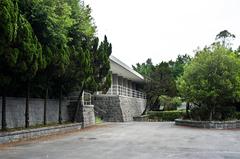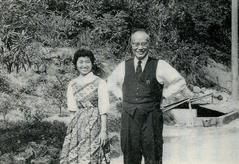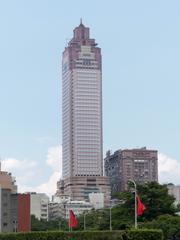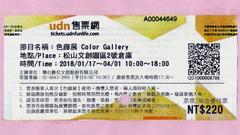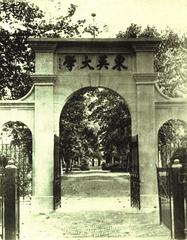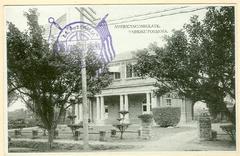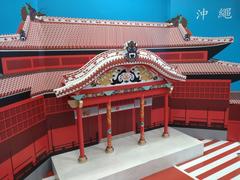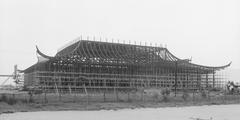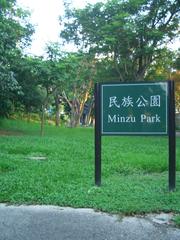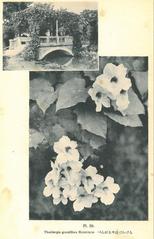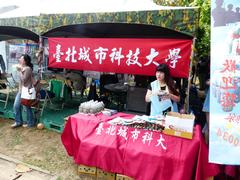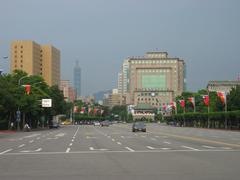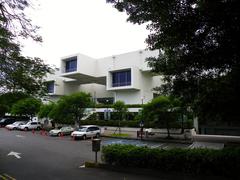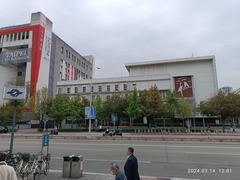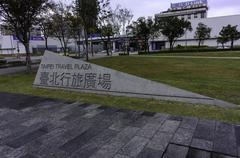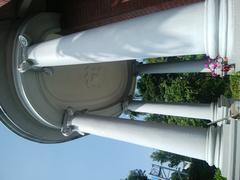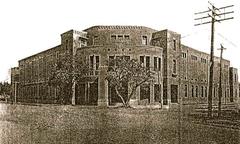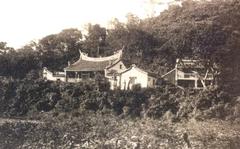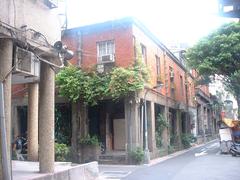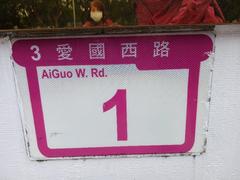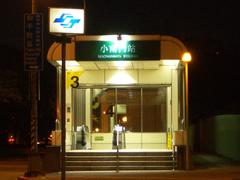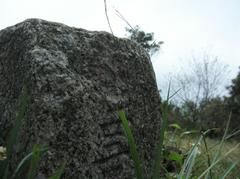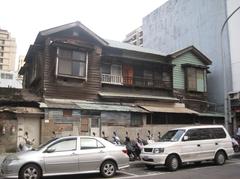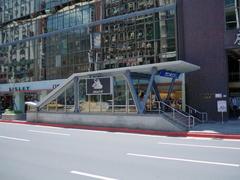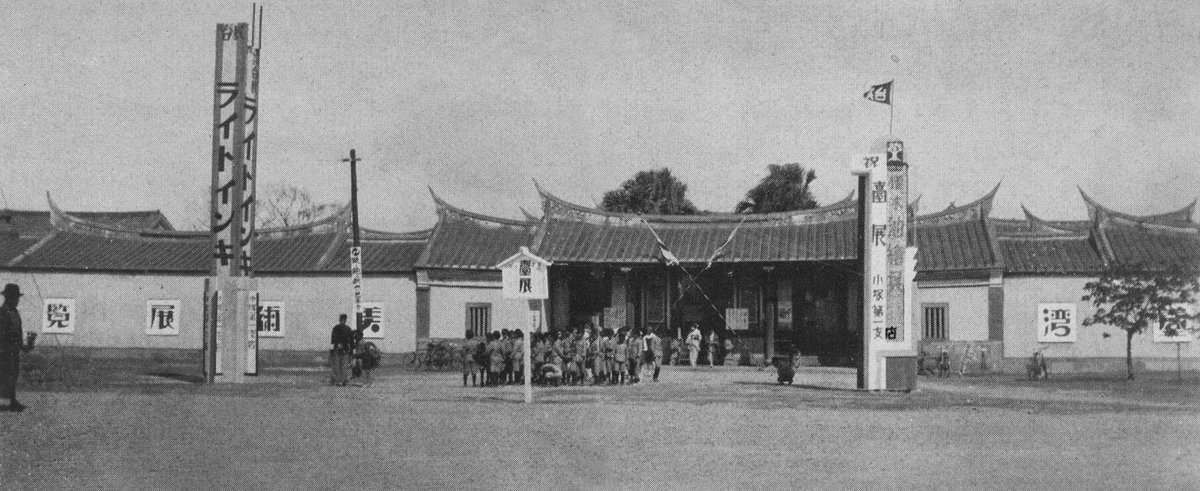
Qing Dynasty Taiwan Provincial Administration Hall: Visiting Hours, Tickets, and Travel Guide to a Taipei Historical Site
Date: 14/06/2025
Introduction
The Qing Dynasty Taiwan Provincial Administration Hall is a cornerstone of Taiwan’s historical and cultural heritage. Nestled within the Taipei Botanical Garden, this unique site allows visitors to step back into the late Qing dynasty, exploring the architectural legacy, administrative history, and cultural significance of Taiwan during a pivotal era. Whether you are a history buff or a curious traveler, this comprehensive guide provides all the essential information for planning your visit, including historical background, architectural highlights, visiting hours, ticketing, tours, and practical travel tips.
Table of Contents
- Overview and Historical Significance
- Origins and Construction
- Role During the Qing Dynasty
- Japanese Colonial Period and Preservation
- Architectural Features and Cultural Importance
- Visitor Information: Tickets, Hours & Accessibility
- Exhibitions and Educational Programs
- Nearby Historical Sites and Itinerary Suggestions
- Practical Tips for Visitors
- Frequently Asked Questions (FAQ)
- Conclusion and Key Takeaways
- References
Overview and Historical Significance
The Qing Dynasty Taiwan Provincial Administration Hall is the only remaining Qing-era government office building in Taiwan, making it a rare and invaluable link to the island’s imperial past (Wiki2; Taipei City Government). Constructed in 1882, this hall was at the center of governance and administration shortly before Taiwan’s elevation to provincial status in 1885. Its survival through Japanese colonial rule and subsequent conservation efforts underscore its enduring significance in Taiwan’s evolving identity.
Origins and Construction
Built in the late Qing dynasty, the Administration Hall originally served as the headquarters for the Provincial Administration Commissioner (布政使). The building’s design follows the traditional Chinese yamen layout, featuring red brick walls, wooden beams, swallowtail roofs, and intricate carvings—characteristics of the Minnan architectural style (Wiki2; Taipei City Government).
Role During the Qing Dynasty
As the nerve center of Qing governance in Taiwan, the hall housed top officials and managed crucial administrative functions such as taxation, legal affairs, and the implementation of imperial policies. It also served as a venue for official ceremonies and judicial proceedings, reflecting the Qing dynasty’s efforts to integrate Taiwan into its bureaucratic system (Taipei Times).
Japanese Colonial Period and Preservation
Following the Qing dynasty’s rule, the hall was repurposed by the Japanese colonial authorities as the Governor-General’s Office. Urban development eventually led to the partial demolition of the original complex, but a portion was preserved and relocated into the Taipei Botanical Garden. Today, this section survives as the Guest House of Imperial Envoys (欽差行臺), serving as a testament to Taiwan’s layered history (Wiki2; Taipei Times).
Architectural Features and Cultural Importance
Minnan Architectural Excellence
The hall is a rare and well-preserved example of south Fujian (Minnan) architectural style in Taiwan. Notable features include:
- Red brick walls and wooden beams providing both durability and aesthetic appeal.
- Swallowtail roof with upturned eaves, symbolizing elegance and protection from evil.
- Ornate carvings and painted murals, reflecting the craftsmanship of the era.
- Koji pottery and decorative elements that echo temple architecture (Travel Taipei).
Layout and Surviving Structures
Only a fraction of the original building remains, but restoration efforts have preserved its essential form, including the main hall and partial side wings. The interior is enhanced with interpretive panels, multimedia exhibits, and scale models that help visitors appreciate its historical context (Taipei City Government).
Symbolic and Educational Role
As Taiwan’s sole surviving Qing yamen, the Administration Hall is both a symbol of imperial governance and a vital educational resource. The exhibits and restoration work highlight the importance of heritage conservation and provide insights into Taiwan’s administrative evolution (Taipei City Government).
Visitor Information: Tickets, Hours & Accessibility
- Location: Taipei Botanical Garden, Zhongzheng District, Taipei
- Address: 53 Nanhai Rd., Taipei Botanical Garden, Taipei City
- Nearest MRT Station: Xiaonanmen (or NTU Hospital for National Taiwan Museum branch)
- Opening Hours: Tuesday to Sunday, 9:00 AM – 5:00 PM (closed on Mondays and public holidays)
- Admission: Free entry (special exhibitions or tours may require a fee)
- Contact: (02) 2303-9978, ext. 1420
- Accessibility: Wheelchair accessible, with ramps and accessible restrooms. Staff assistance is available (National Taiwan Museum)
- Facilities: Restrooms, lockers, gift shop, drinking fountains, and visitor information center
For the latest updates, special exhibitions, and tour schedules, check the official Taipei City Office of Cultural Affairs website.
Exhibitions and Educational Programs
The Administration Hall hosts a variety of permanent and rotating exhibitions focused on:
- Restored Office Chambers: Featuring period furnishings, seals, and artifacts.
- Judicial Courtroom: Multimedia recreations of Qing-era court proceedings.
- Administrative Artifacts: Maps, uniforms, and official documents.
- Themed Exhibits: Including “History and Architectural Features,” “Renovation of the Heritage Site,” and archaeological explorations (Taipei City Government).
Guided tours are available, with English-language options upon request. Audio guides, educational materials, and interactive displays enrich the learning experience for all ages.
Nearby Historical Sites and Itinerary Suggestions
The hall’s central location makes it an ideal starting point for exploring Taipei’s historical landmarks:
- Presidential Office Building (Presidential Office Building)
- 228 Peace Memorial Park (228 Peace Memorial Park)
- National Taiwan Museum (National Taiwan Museum)
- Nanmen Market for local snacks and souvenirs
- Ximending Shopping District for culture and entertainment
Suggested itinerary: Morning visit to the Administration Hall, lunch at Nanmen Market, then an afternoon tour of the National Taiwan Museum and 228 Peace Memorial Park.
Practical Tips for Visitors
- Best Time to Visit: Weekday mornings are quieter, with fewer crowds.
- Weather: Taipei’s June climate is humid with afternoon showers; bring light clothing and rain gear (Taiwan Obsessed).
- Duration: Allocate 1–2 hours for a thorough visit, longer if joining a tour or special event.
- Photography: Allowed except with flash or tripods inside exhibition areas.
- Family-Friendly: Interactive exhibits and educational materials are available for children and school groups.
- Language Support: Bilingual signage and English brochures are provided; audio guides and English tours available.
- Safety & Health: Hand sanitizer stations on-site, first aid available, and staff trained for emergencies. Check Taiwan CDC guidelines for the latest public health updates.
- Souvenirs: The gift shop offers books, replica artifacts, and local crafts.
Frequently Asked Questions (FAQ)
Q: What are the opening hours?
A: Tuesday to Sunday, 9:00 AM to 5:00 PM; closed on Mondays and public holidays.
Q: Is there an admission fee?
A: General admission is free; some special exhibitions or tours may require a fee.
Q: Are guided tours available in English?
A: Yes, English-language tours are available upon prior request.
Q: Is the site wheelchair accessible?
A: Yes, with accessible pathways, restrooms, and assistance available.
Q: Are there nearby attractions?
A: Yes, including the Presidential Office Building, 228 Peace Memorial Park, and the National Taiwan Museum.
Q: Can I take photographs?
A: Photography is permitted, but flash and tripods are restricted to protect artifacts.
Conclusion and Key Takeaways
The Qing Dynasty Taiwan Provincial Administration Hall is an essential destination for understanding Taiwan’s imperial, colonial, and modern history. As the only remaining Qing yamen in Taiwan, it offers a rare window into late imperial architecture, administrative practices, and cultural transitions. Its central location, free admission, accessible facilities, and proximity to other Taipei historical sites make it an unmissable stop for both local and international visitors. For the latest updates, special events, and travel tips, consult official resources and consider using the Audiala app for a richer, interactive experience.
References
- Qing Dynasty Taiwan Provincial Administration Hall, 2025, Wiki2 (Wiki2)
- Taipei City Government, 2025 (Taipei City Government)
- Taipei Times, 2021 (Taipei Times)
- National Taiwan Museum, 2025 (National Taiwan Museum)
- Taipei Travel Net, 2025 (Taipei Travel Net)
- Taipei City Office of Cultural Affairs, 2025 (Taipei City Office of Cultural Affairs)
- Presidential Office Building (Presidential Office Building)
- 228 Peace Memorial Park (228 Peace Memorial Park)
- Taiwan Obsessed (Taiwan Obsessed)
- Taiwan CDC Guidelines (Taiwan CDC Guidelines)

